Filter by
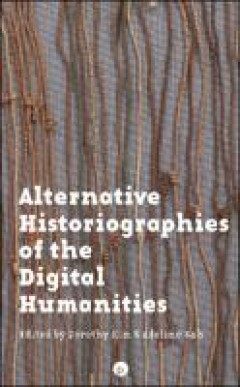
Alternative Historiographies of the Digital Humanities
"In Silencing the Past: Power and the Production of History, Michel-Rolph Trouillot writes that by examining the process of history we can “discover the differential exercise of power that makes some narratives possible and silences others.” Alternative Historiographies of the Digital Humanities examines the process of history in the narrative of the digital humanities and deconstructs its …
- Edition
- Ed. 1
- ISBN/ISSN
- 9781953035578, 9781953035585
- Collation
- 512
- Series Title
- -
- Call Number
- 381 ALT a
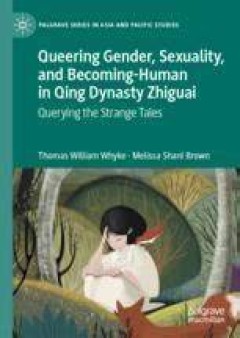
Queering Gender, Sexuality, and Becoming-Human in Qing Dynasty Zhiguai
This book offers queer readings of Chinese Qing Dynasty zhiguai, ‘strange tales’, a genre featuring supernatural characters and events. In a unique approach interweaving Chinese philosophies alongside critical theories, this book explores tales which speak to contemporary debates around identity and power. Depictions of porous boundaries between humans and animals, transformations between g…
- Edition
- 1
- ISBN/ISSN
- 978-981-99-4258-9
- Collation
- Gender
- Series Title
- -
- Call Number
- 305.3
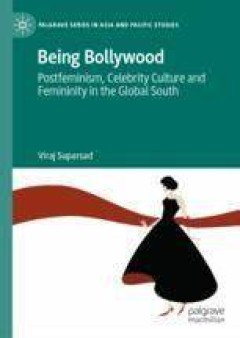
Being Bollywood
Through engaging media coverage of the public lives of Bollywood actresses, this book unveils understandings of idealized femininity and gender within this cultural context. Beyond its own borders, such a context is unique given the global relevance of content from and about Bollywood with members of the diaspora as well as those culturally Indian individuals that are no longer part of the dias…
- Edition
- 1
- ISBN/ISSN
- 978-981-99-5700-2
- Collation
- Gender
- Series Title
- -
- Call Number
- 305.3

Impact of Information Society Research in the Global South
The second volume in the SIRCA book series investigates the impact of information society initiatives by extending the boundaries of academic research into the realm of practice. Global in scope, it includes contributions and research projects from Asia, Africa and Latin America. The international scholarly community has taken a variety of approaches to question the impact of information societ…
- Edition
- 1
- ISBN/ISSN
- 978-981-287-381-1
- Collation
- Komunikasi Informasi
- Series Title
- -
- Call Number
- 302

Urban Aerial Pesticide Spraying Campaigns
This book examines social processes that have contributed to growing pesticide use, with a particular focus on the role governments play in urban aerial pesticide spraying operations. Beyond being applied to sparsely populated farmland, pesticides have been increasingly used in densely populated urban environments, and when faced with invasive species, governments have resorted to large-scal…
- Edition
- -
- ISBN/ISSN
- -
- Collation
- -
- Series Title
- -
- Call Number
- -
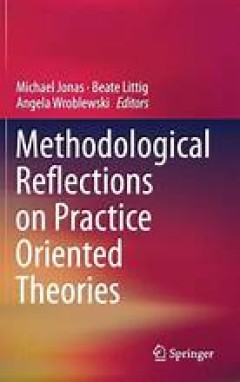
Methodological Reflections on Practice Oriented Theories
This volume presents a comprehensive overview of methodological issues and empirical methods of practice-oriented research. It examines questions regarding the scope and boundaries of practice-oriented approaches and practice theory. It discusses the potential advantages and disadvantages of the diversity resulting from the use of these approaches, as well as method and methodology-related issu…
- Edition
- 1
- ISBN/ISSN
- 978-3-319-52897-7
- Collation
- Sosial Ekonomi
- Series Title
- -
- Call Number
- 261
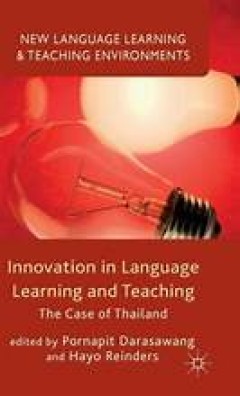
Innovation in Language Learning and Teaching
This book investigates the ways in which new developments in areas of language teaching practice, such policymaking, planning, methodology and the use of educational technology spread globally and are adopted, rejected or adapted locally.
- Edition
- 1
- ISBN/ISSN
- 978-1-137-44975-7
- Collation
- Bahasa
- Series Title
- -
- Call Number
- 400
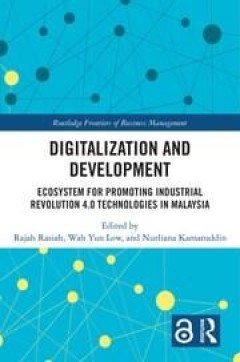
Digitalization and Development
This book examines the diffusion of digitalization and Industry 4.0 technologies in Malaysia by focusing on the ecosystem critical for its expansion. The chapters examine the digital proliferation in major sectors of agriculture, manufacturing, e-commerce and services, as well as the intermediary organizations essential for the orderly performance of socioeconomic agents. The book incisively…
- Edition
- -
- ISBN/ISSN
- -
- Collation
- -
- Series Title
- -
- Call Number
- -

Remembering the Liberation Struggles in Cape Verde
Remembering the Liberation Struggles in Cape Verde: A Mnemohistory takes as its reference from the anti-colonial struggles against the Portuguese colonial empire in Africa in the 1960s and 1970s and the ways this period has been publicly remembered. Drawing on original and detailed empirical research, it presents novel insights into the complex entanglements between colonial pasts and political…
- Edition
- -
- ISBN/ISSN
- -
- Collation
- -
- Series Title
- -
- Call Number
- -
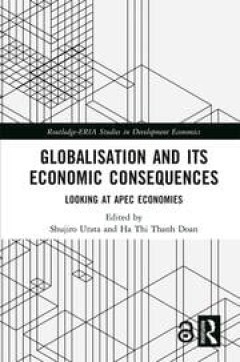
Globalisation and its Economic Consequences
Given the rising criticisms of and growing doubts about globalisation, this timely edited volume looks at globalisation and its economic impact on eight countries in Asia and the Pacific region, namely Australia, China, Indonesia, Japan, Malaysia, Thailand, the United States (US), and Vietnam. The eight selected countries are members of the Asia-Pacific Economic Cooperation (APEC) forum and yet…
- Edition
- -
- ISBN/ISSN
- -
- Collation
- -
- Series Title
- -
- Call Number
- -
 Computer Science, Information & General Works
Computer Science, Information & General Works  Philosophy & Psychology
Philosophy & Psychology  Religion
Religion  Social Sciences
Social Sciences  Language
Language  Pure Science
Pure Science  Applied Sciences
Applied Sciences  Art & Recreation
Art & Recreation  Literature
Literature  History & Geography
History & Geography